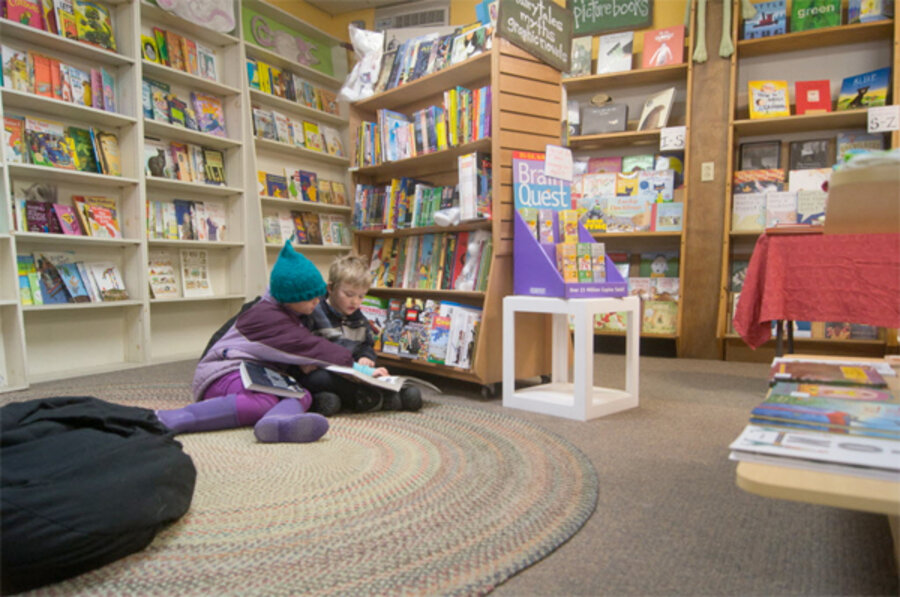Is having a strong children's section a secret to success for indie bookstores?
Loading...
How big a role does having a children’s section play in the success of an indie bookstore?
Publishers Weekly recently did an informal survey of various independent bookstores to investigate how sales had gone over the summer and found that “most independent bookstores with strong children’s sections are doing fine” financially, according to PW writer Judith Rosen, with a majority matching their sales from this time last year if not experiencing increases in sales numbers.
“I don’t know what we would do without children’s book sales,” Mary Emrick, co-owner of Turning Pages Books & More in Natchez, Miss., told Publishers Weekly. “The section is our best.”
Karen Hayes, co-owner of Parnassus Books in Nashville, Tenn., agreed.
“Children brings parents in, who buy adult books along with kids’ books,” she said. “It gives the store a lot of life.” Parnassus is experiencing a 27 percent increase in sales for the year so far, while Indiana-based 4 Kids Books & Toys told PW they’re having their best year yet.
One reason kids bump up sales numbers? They don’t go home and buy a book they saw in an indie store on Amazon, says Bruce DeLaney, owner of Rediscovered Books in Boise, Idaho.
“An adult will showroom you,” he said. “But they will not do that if their child has a lovely picture book in their hand.”
Novels by John Green, who is behind titles such as “The Fault in Our Stars” and “Looking for Alaska,” are especially big, according to John Cavalier, co-owner of Cavalier House Books in Denham Springs, La.
“I can’t tell you how many we’ve sold,” he said of “Fault.” “We’re still ordering them 40 at a time.” DeLaney agreed, saying Green’s books were some of his top sellers.
Children’s events also helped bring visitors to the stores, with Cavalier saying a story time program made Cavalier House Books more visible in the community.
“It did really well for us and got us a lot of attention,” he said.
4 Kids Books & Toys owner Cynthia Compton said kids' events were big successes for them as well, with a summer reading program being a particular hit. Because of these initiatives, “daily traffic was up, and there were more purchases,” she said.
In addition, Compton said she sees adults as well as children in the YA books’ section, perhaps also driving children's sales.
“Any reluctance of adults to purchase YA has disappeared,” she said. “If there was a stigma, it’s been removed.”







